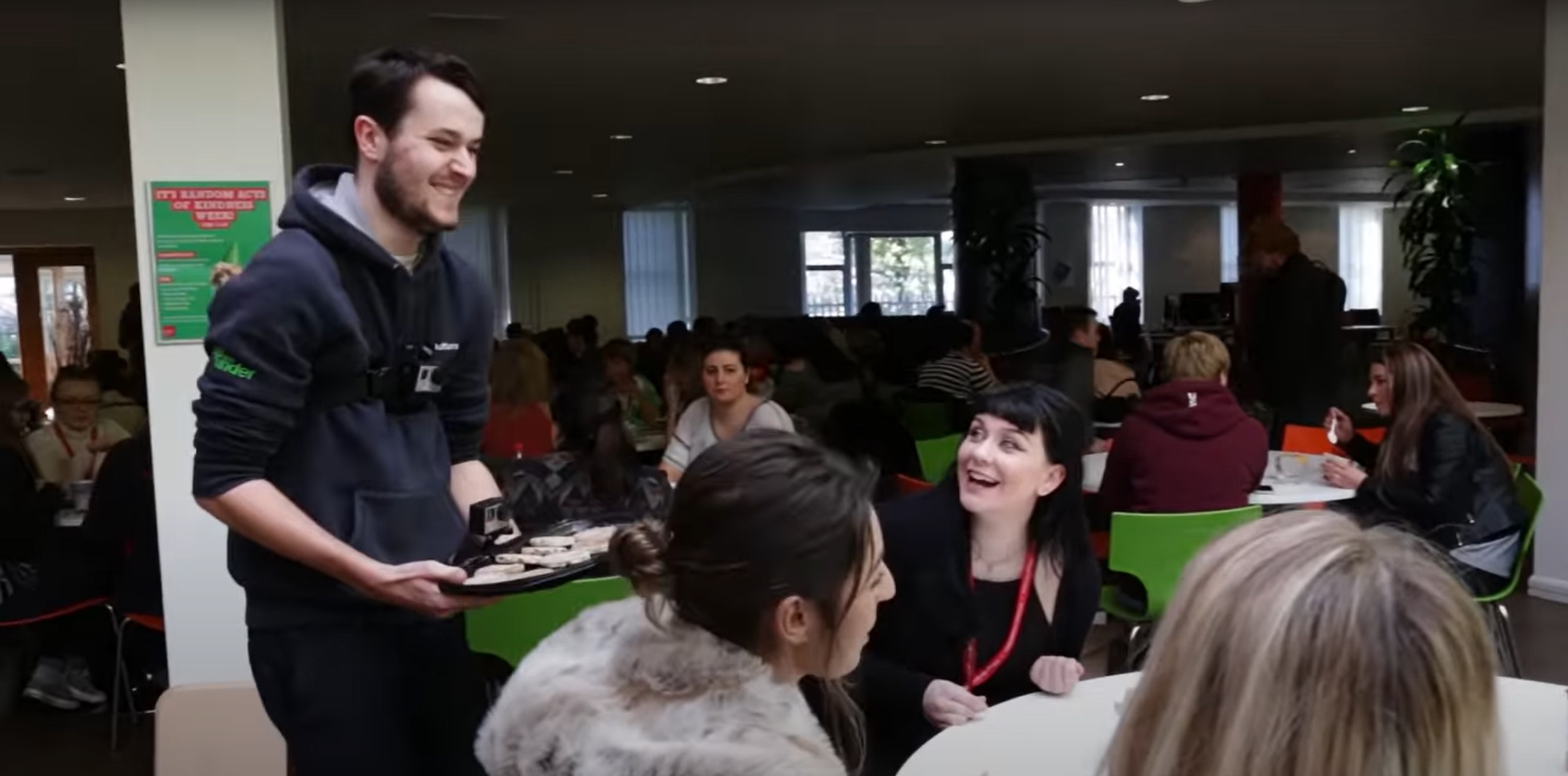“Love Bade Me Welcome”
- Home Page 177

Barszcz:
This content is accessible to paid subscribers. To view it please enter your password below or send mike@standardsmichigan.com a request for subscription details.
NFPA Website Redesign
This content is accessible to paid subscribers. To view it please enter your password below or send mike@standardsmichigan.com a request for subscription details.
Standard American English
This content is accessible to paid subscribers. To view it please enter your password below or send mike@standardsmichigan.com a request for subscription details.
Ham Radio
This content is accessible to paid subscribers. To view it please enter your password below or send mike@standardsmichigan.com a request for subscription details.
Readings: College Town Counties
This content is accessible to paid subscribers. To view it please enter your password below or send mike@standardsmichigan.com a request for subscription details.
Shrove Tuesday
This content is accessible to paid subscribers. To view it please enter your password below or send mike@standardsmichigan.com a request for subscription details.
Cacennau y Cymry
A traditional Welsh pastry similar to scones or griddle cakes.
Welsh Cakes in Glyntaff – Random Acts of Kindness Week
Student Life at the University of South Wales
Recipe (English):
Ingredients: Traditional Welsh cakes are made from basic ingredients including flour, butter, sugar, eggs, and sometimes dried fruit such as currants or raisins. The ingredients are mixed together to form a dough, which is then rolled out and cut into rounds before being cooked on a griddle or bakestone.
Cooking Method: Welsh cakes are typically cooked on a griddle or bakestone, which gives them a slightly crispy exterior while remaining soft and tender on the inside. They are cooked in batches and flipped halfway through to ensure even cooking.
Variations: While the basic recipe for Welsh cakes remains relatively consistent, there are variations in flavor and texture across different regions and families. Some recipes may include additional ingredients such as spices (e.g., cinnamon or nutmeg) or flavorings (e.g., vanilla extract).
Occasions: Welsh cakes are enjoyed year-round but are particularly associated with special occasions and holidays in Wales, such as St. David’s Day (the national day of Wales) or traditional tea times. They are often served warm with a sprinkle of sugar or a spread of butter.
“Resipî (Welsh):
Cyfansoddiadau: Mae cacennau Cymreig traddodiadol yn cael eu gwneud o bethau sylfaenol gan gynnwys blawd, menyn, siwgr, wyau, ac weithiau ffrwythau sych fel llygaid neu rysáit. Mae’r cyfansoddiadau’n cael eu cymysgu gyda’i gilydd i greu cwrel, yna’n ei ymlwybro ac yn ei dorri’n gronynnau cyn cael ei goginio ar griw neu farwydd bobi.
Dull Coginio: Fel arfer, coginir cacennau Cymreig ar griw neu farwydd bobi, sy’n rhoi arnynt allanol ychydig o grisial tra maent yn parhau’n feddal ac yn drwchus yn y tu mewn. Maent yn cael eu coginio mewn loti a’u troi hanner ffordd drwy i sicrhau coginio cyson.
Amrywiadau: Er bod y resipî sylfaenol ar gyfer cacennau Cymreig yn parhau’n gymharol gyson, ceir amrywiadau mewn blas a thestun ar draws gwahanol rannau a theuluoedd. Gall rhai resipî gynnwys cyfansoddiadau ychwanegol fel sur (e.e., sinamon neu nythwydd) neu flasurau (e.e., ekstrac fansila).
Digwyddiadau: Mae pobl yn mwynhau cacennau Cymreig drwy gydol y flwyddyn, ond maent yn arbennig o gysylltiedig â digwyddiadau arbennig ac ar wyliau yng Nghymru, megis Dydd Gŵyl Dewi (diwrnod cenedlaethol Cymru) neu amserau te traddodiadol. Yn aml maent yn cael eu gweini’n gynnes gyda phwdin o siwgr neu sgrws o fetys.”
“Dydd Gwyl Dewi Hapus”https://t.co/iEOy0T72Us pic.twitter.com/JKNmRLYx5K
— Standards Michigan (@StandardsMich) March 1, 2024
Bigos
This content is accessible to paid subscribers. To view it please enter your password below or send mike@standardsmichigan.com a request for subscription details.
New update alert! The 2022 update to the Trademark Assignment Dataset is now available online. Find 1.29 million trademark assignments, involving 2.28 million unique trademark properties issued by the USPTO between March 1952 and January 2023: https://t.co/njrDAbSpwB pic.twitter.com/GkAXrHoQ9T
— USPTO (@uspto) July 13, 2023
Standards Michigan Group, LLC
2723 South State Street | Suite 150
Ann Arbor, MI 48104 USA
888-746-3670














